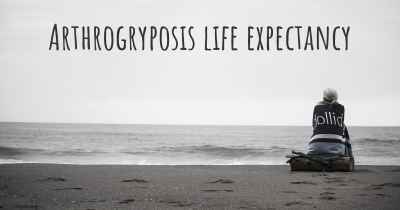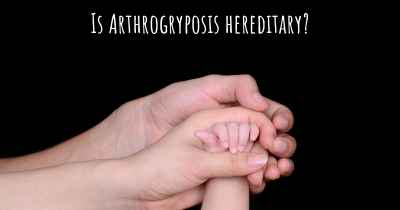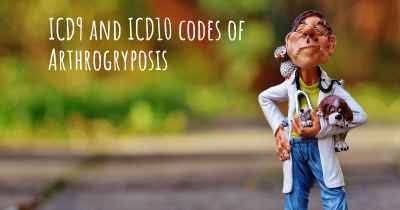What is the history of Arthrogryposis?
When was Arthrogryposis discovered? What is the story of this discovery? Was it coincidence or not?

Arthrogryposis is a rare congenital disorder characterized by multiple joint contractures, muscle weakness, and limited range of motion. The term "arthrogryposis" is derived from the Greek words "arthron" meaning joint and "gryposis" meaning curved or hooked. This condition was first described in medical literature in the mid-19th century, and since then, significant progress has been made in understanding its causes, diagnosis, and treatment.
The history of arthrogryposis dates back to the early 19th century when the condition was first recognized and documented by medical professionals. However, it wasn't until the mid-20th century that more comprehensive studies and classifications were conducted.
In the 19th century, several cases of arthrogryposis were reported, but the condition was not well understood. It was often misdiagnosed or confused with other musculoskeletal disorders. One of the earliest documented cases was by Dr. William John Little in 1841, who described a group of children with joint contractures and muscle weakness. Little's work laid the foundation for understanding arthrogryposis as a distinct condition.
In the early 20th century, further research and clinical observations helped differentiate arthrogryposis from other similar conditions. Dr. Maurice Klippel and Dr. André Feil independently described a specific type of arthrogryposis characterized by fusion or absence of cervical vertebrae, which is now known as Klippel-Feil syndrome. These findings contributed to the understanding that arthrogryposis could have various underlying causes.
During the mid-20th century, advancements in medical imaging techniques, such as X-rays and electromyography, allowed for more accurate diagnosis and classification of arthrogryposis. Dr. David S. Smith, an orthopedic surgeon, extensively studied and classified arthrogryposis based on the affected joints and associated abnormalities. His classification system, known as the Smith classification, is still widely used today.
In the late 20th century, with the advent of genetic research and molecular techniques, significant progress was made in understanding the genetic basis of arthrogryposis. Researchers identified various genetic mutations and inheritance patterns associated with different types of arthrogryposis. This knowledge paved the way for genetic counseling and prenatal diagnosis, enabling families to make informed decisions.
Today, arthrogryposis is recognized as a complex disorder with multiple subtypes and underlying causes. It is now understood that arthrogryposis can result from genetic factors, maternal infections during pregnancy, vascular disruptions, or mechanical factors affecting fetal movement. The field of arthrogryposis research continues to evolve, with ongoing studies focusing on understanding the molecular mechanisms, developing new treatment approaches, and improving the quality of life for individuals with arthrogryposis.








